A cheese platter is great for entertaining – whether it is for a dinner party, people popping in, book club or a buffet. Here’s our guide to making a cheese platter that rocks.
More cheese please
A good cheese platter would traditionally include a selection of three types of cheese: most usually a hard cheese, a soft cheese and a blue cheese.
- Hard cheese: Aged cheddar, hard goats’ milk cheese, gruyere, emmental/swiss, reggiano, provolone – there are loads of options here.
- Soft cheese could be brie or camembert, or goats’ cheese.
- Blue cheese options include gorgonzola, stilton, roquefort or danish blue cheese. You can even mix your genres and go for a blue brie-style cheese. Tasty.
Crackers and bread
Two types of crackers are plenty – but be sure you have enough as they tend to be gobbled up. A chunkier oat biscuit and a plain water cracker work well, but you can augment with extras like thin ‘bark’, savoury aniseed biscuits or grissini (bread sticks). A lot of people often slice up a french stick (baguette).
Dried fruit and nuts
You can bulk out cheese platter with a selection of dried fruit and nuts. Dates and apricots are pretty standard, but if you calso find pears or figs they make a great addition. Nutty offerings include almonds and walnuts, pistachios or spiced nuts.
Fresh fruit
Fresh grapes (red and green or either), and slices of pear and/or apple bring some nice colour and variety to your cheese platter. We had some passionfruit on hand, so used them for our photo to add colour – the kids love them.
Quince and other pastes
Traditionally you would always have quince paste on your cheese platter, but we are now seeing fig paste as another option. The Spanish make great quince paste, so if you see it, buy it and keep it in your refrigerator. It lasts for ages and great to have on hand.
Styling it all up
If you are more about the Instagram photo than ease of eating, pack them in tightly on the platter as shown in our photo above. Alternatively, if you want to make it easy for your guests to eat the cheese, make some space around each cheese to allow them to be sliced separately. Separating the crackers from the platter will also give you more space. Some people don’t like blue cheese, so having a few cheese knives on hand means the cheese tastes doesn’t get mixed up.
Serving
Cheese should be served at room temperature, so be sure to take your cheese out of the refrigerator at least half an hour before you are offering it.
Preparing ahead
Having some cheese and quince paste in your refrigerator, a few cracker selections in the pantry, and some dried fruit and nuts can give you a great cheese platter at short notice. During the Christmas season, this can be a regular occurrence. It also makes it easy to ask people over for a drink at short notice. Done.

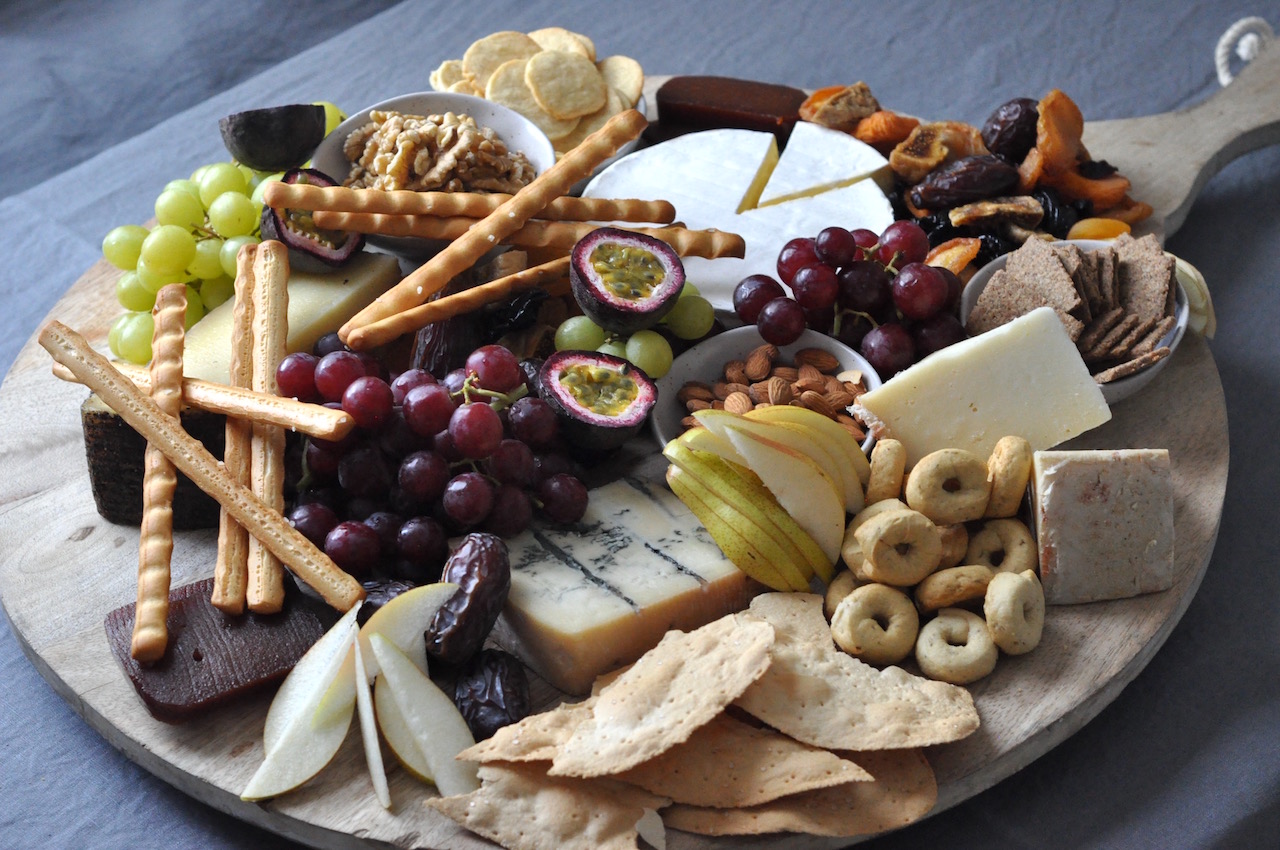
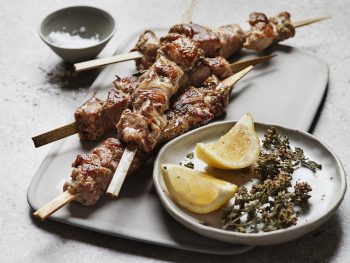
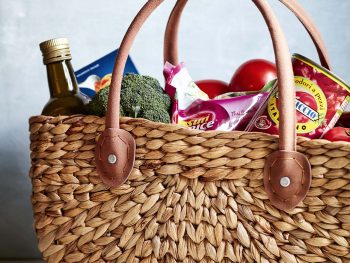
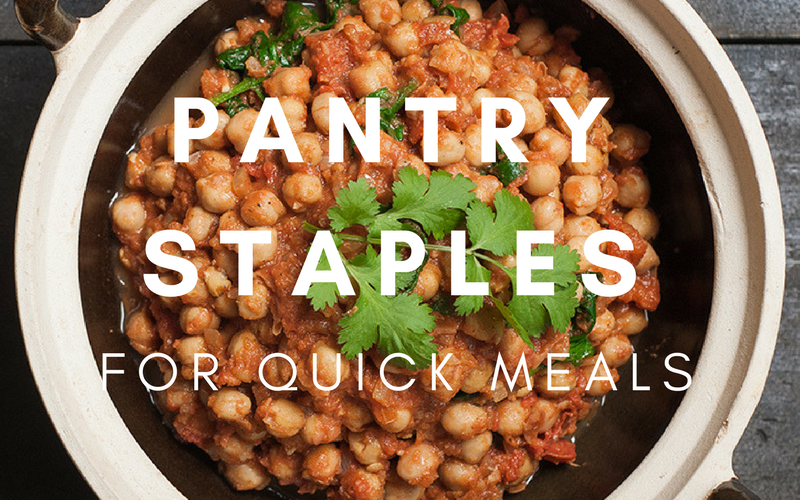
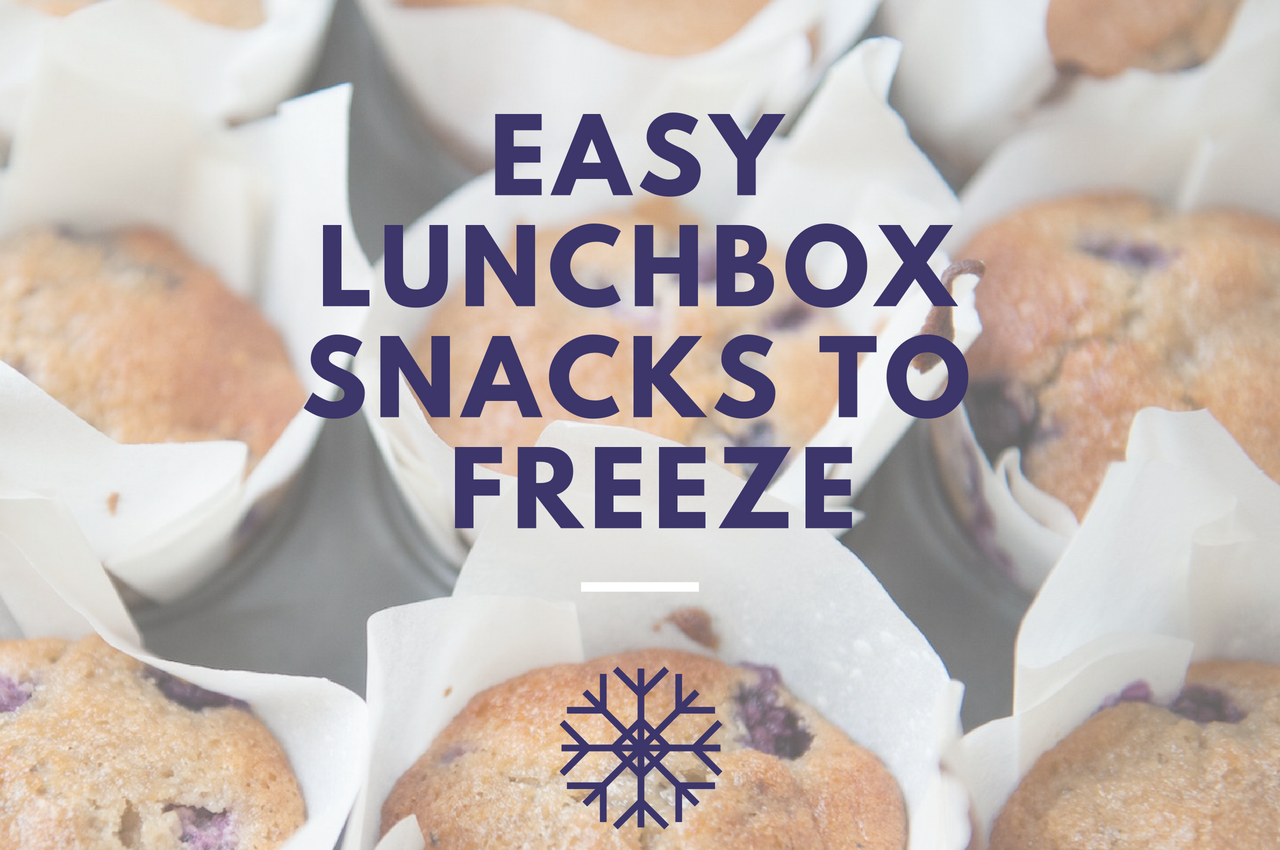

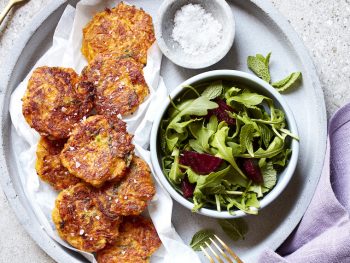
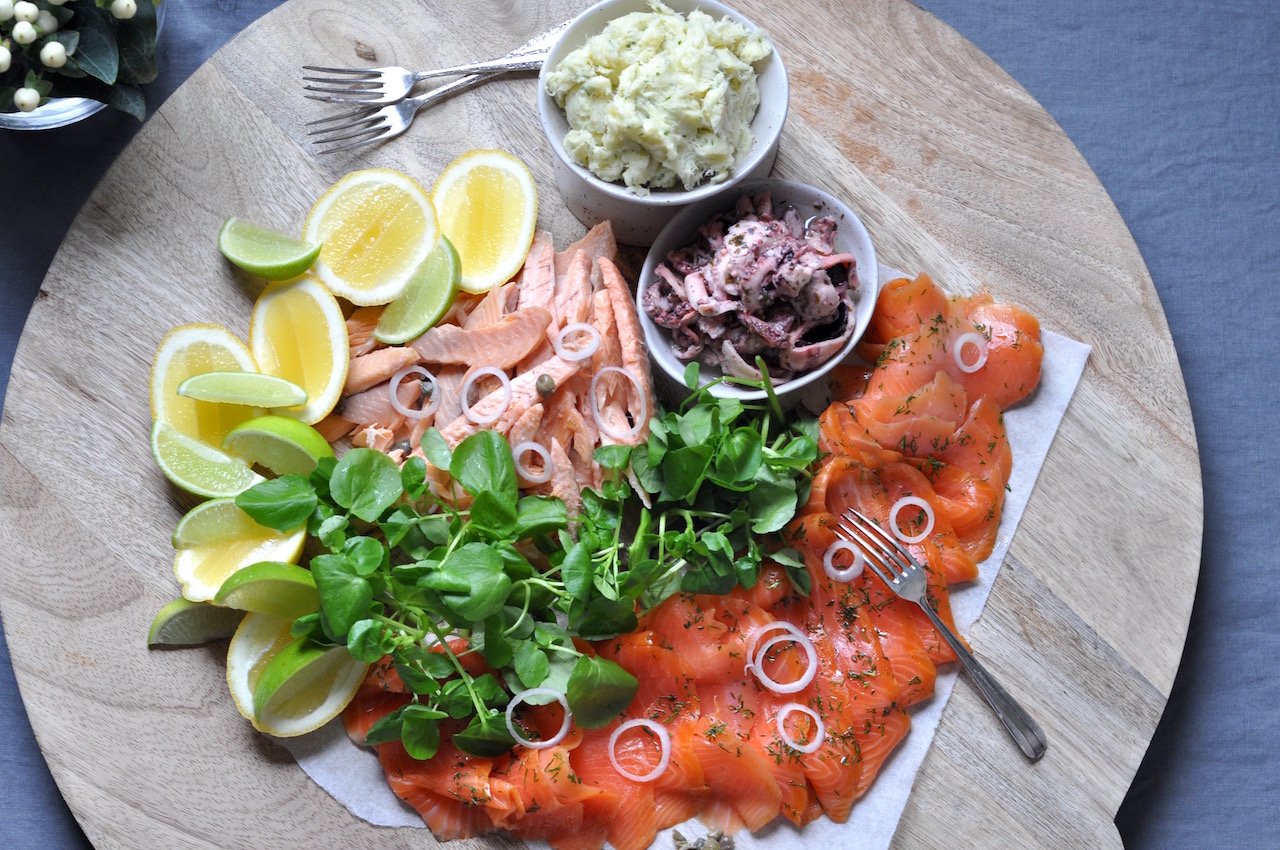
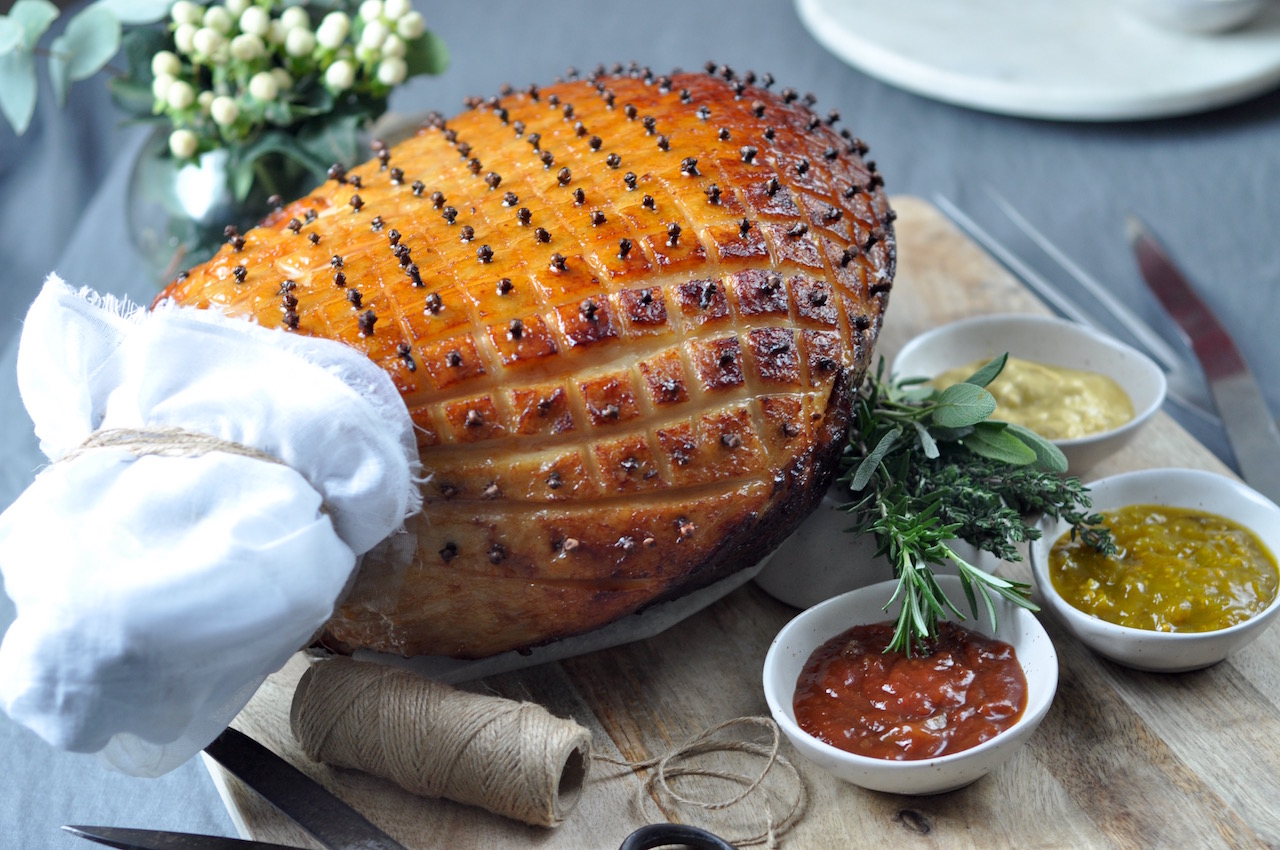
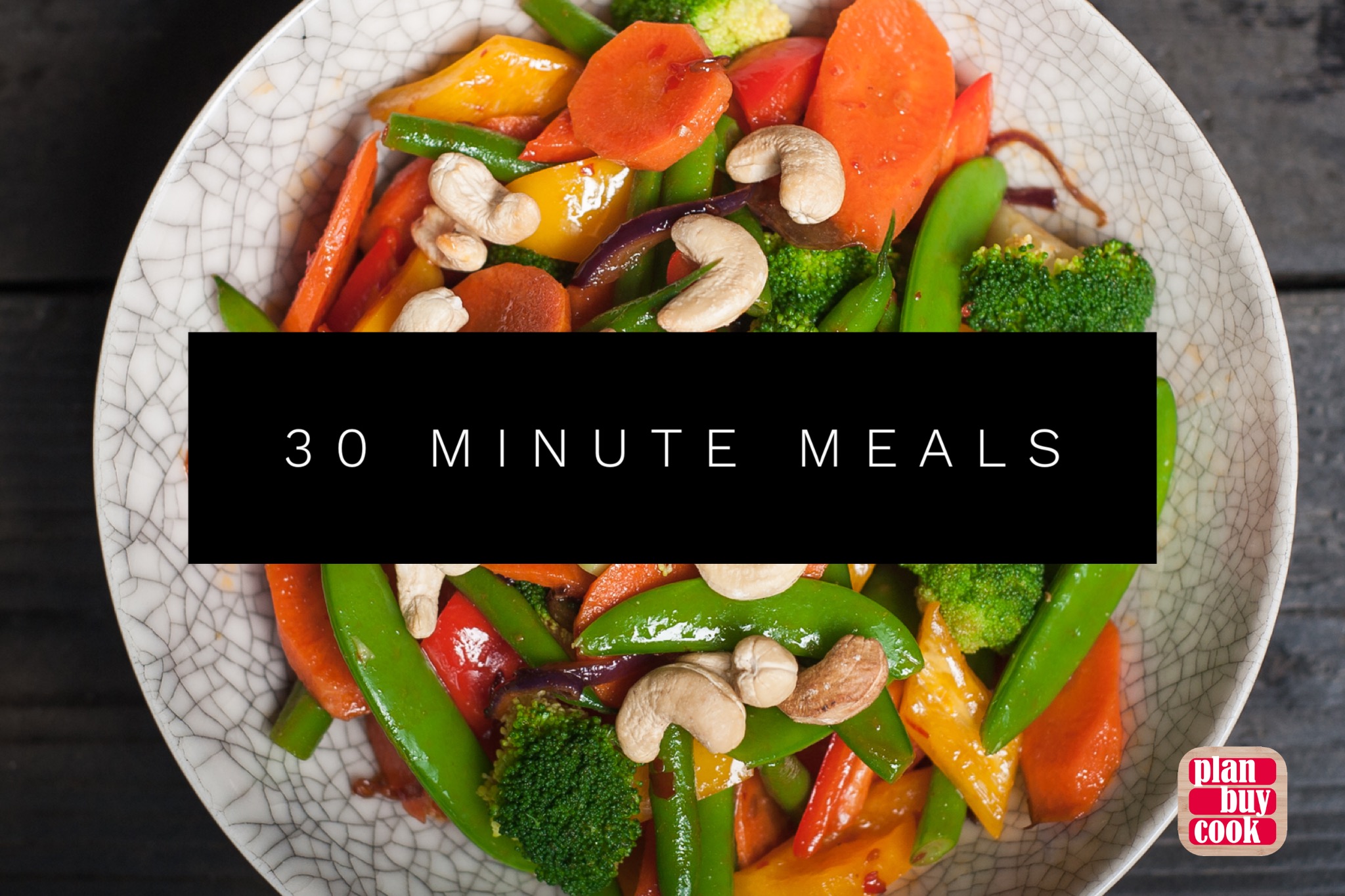
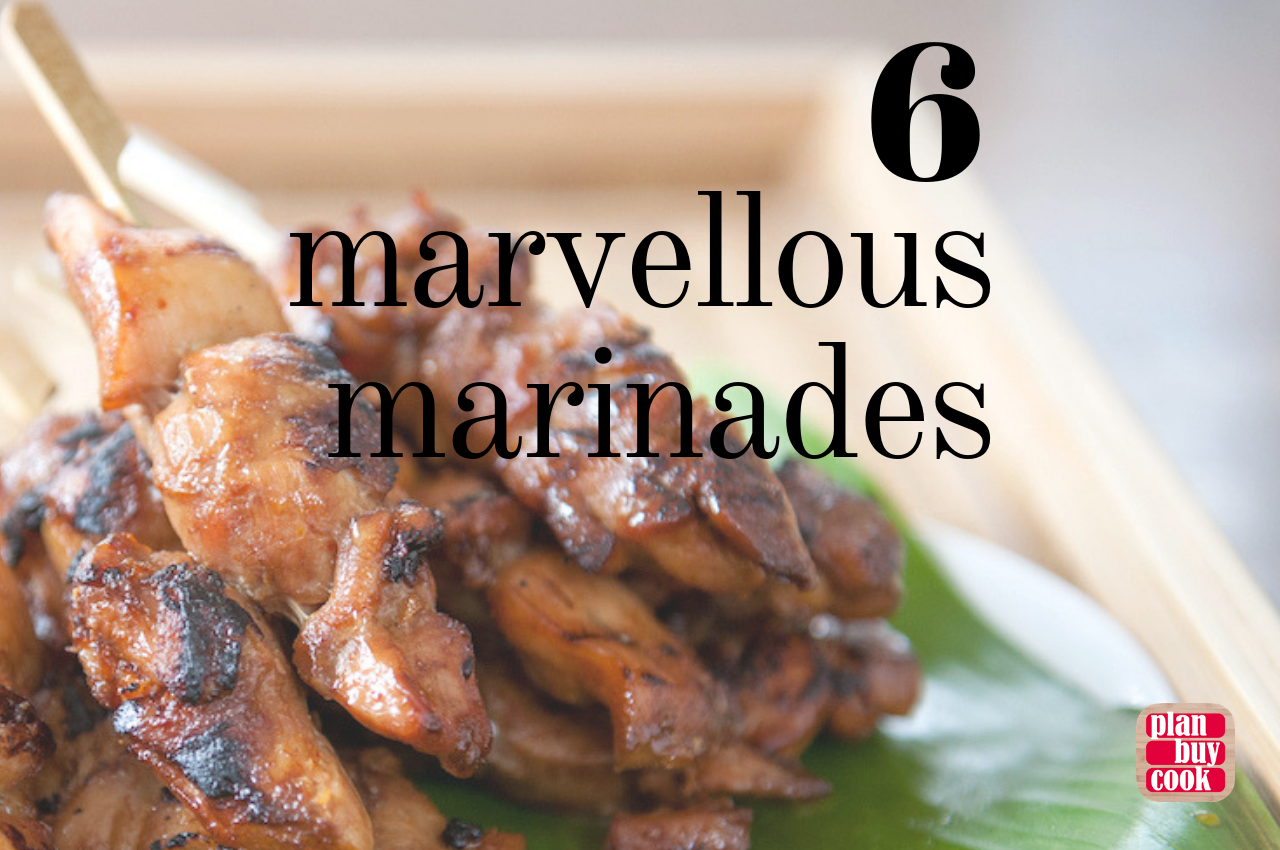
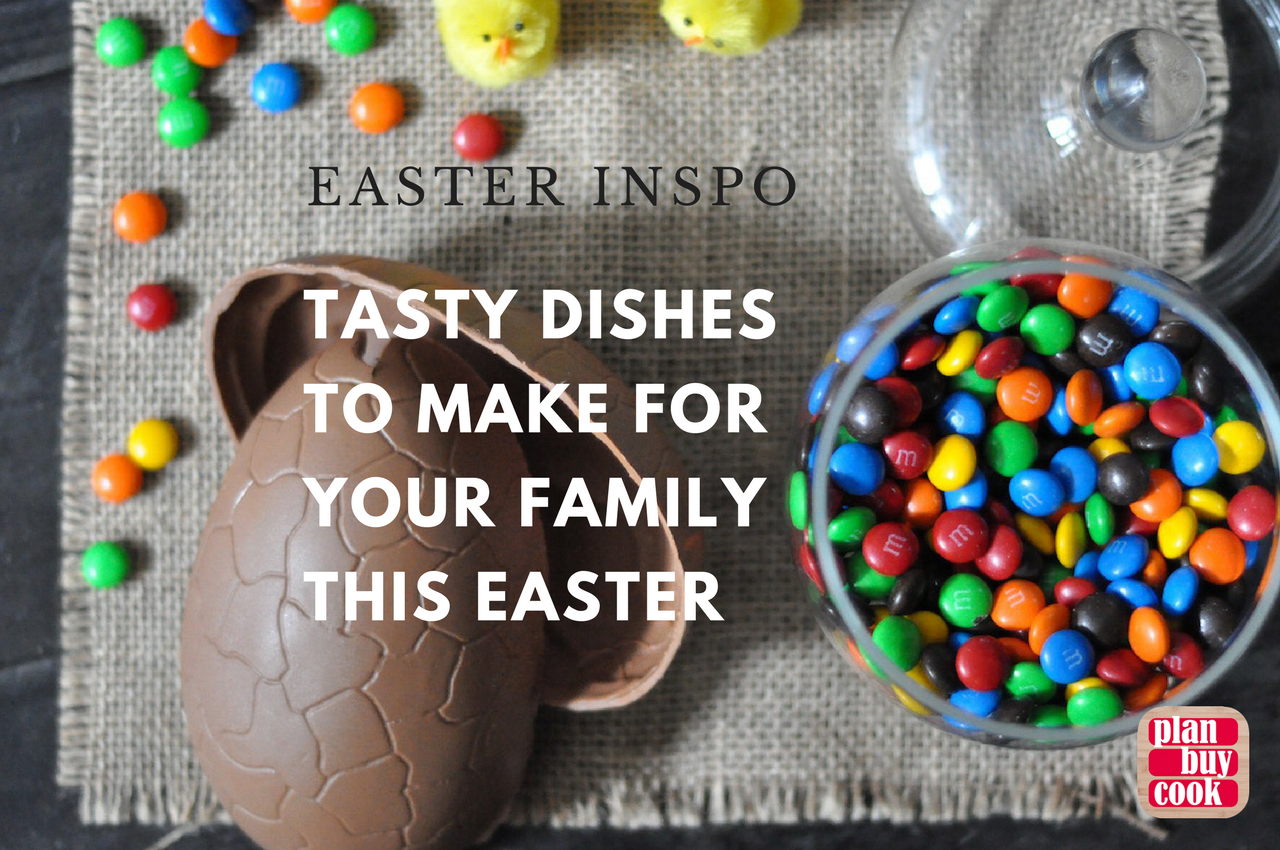
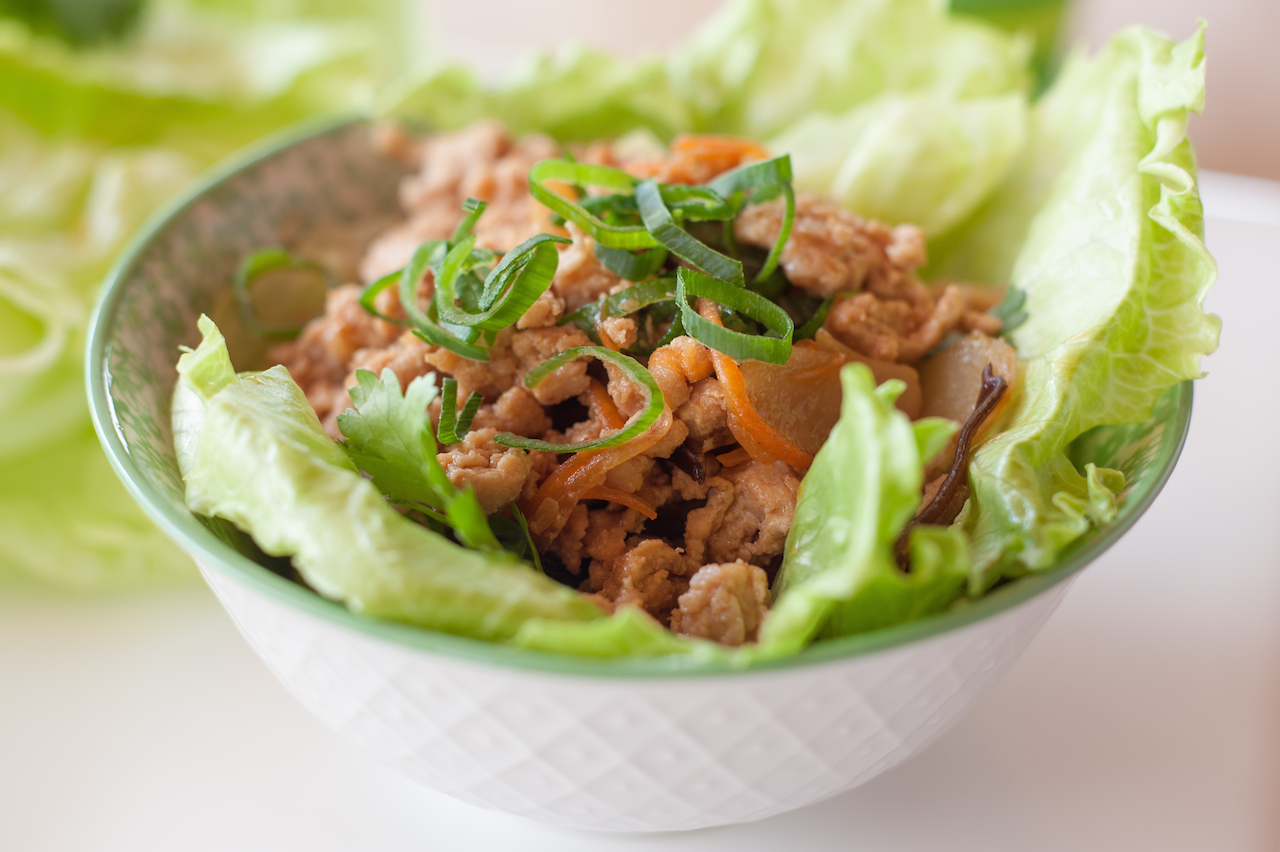
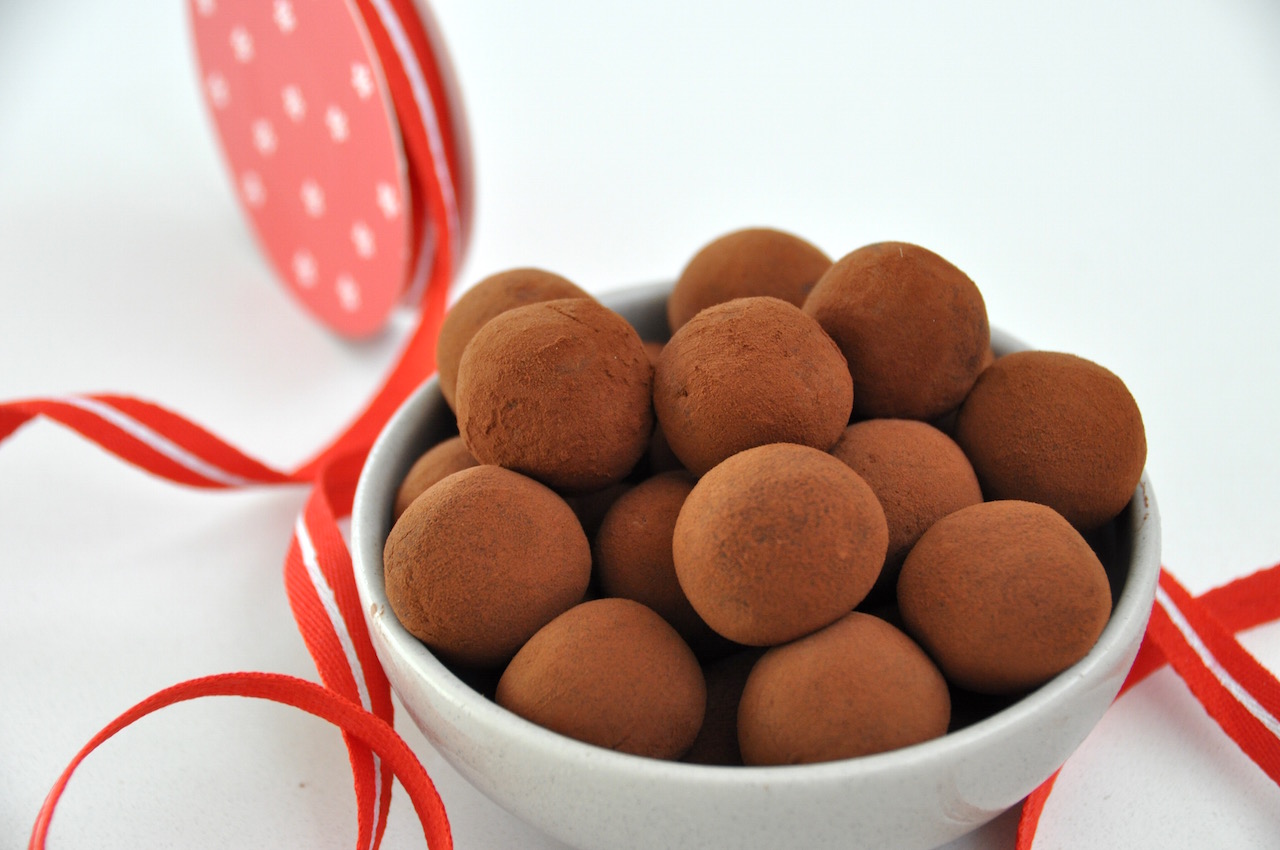 Chocolate truffles
Chocolate truffles
Leave a Reply